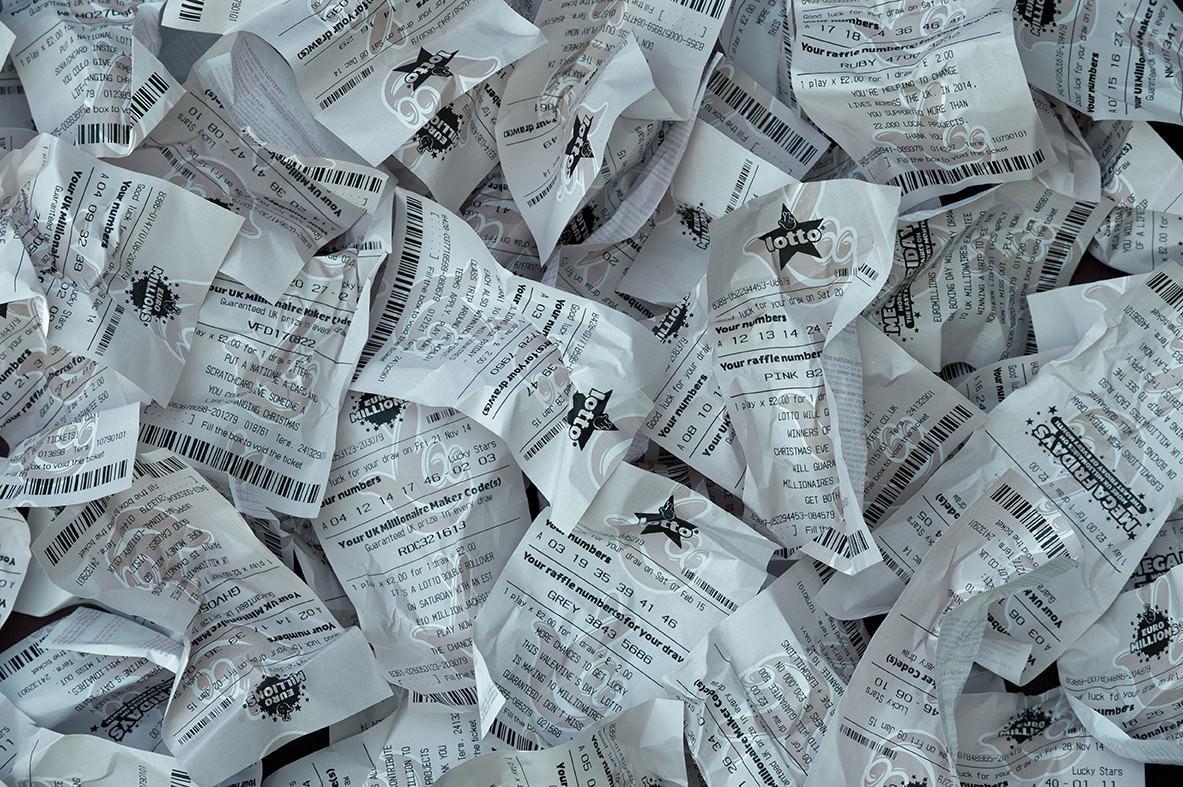The state of California, like many others across the country, runs a lottery whose stated purpose is to increase funding for education. In practice, this government-run program results in a transfer of wealth of $449 million from lower-income to higher-income school districts. In California, poor neighborhoods pay much more into the lottery than their schools get out of it, while affluent areas contribute far less than their schools receive. Ultimately, the California lottery is a highly inefficient and intensely regressive way of raising funds for education. Because those funds are then distributed in a manner that doesn’t consider student and school need, the effect of the resource transfer is magnified. This EdBuild report takes a close look at the data to show how the lottery, like many other education funding policies, shortchanges needy communities and helps reproduce inequality for the next generation.
Click the image below to launch the full story
